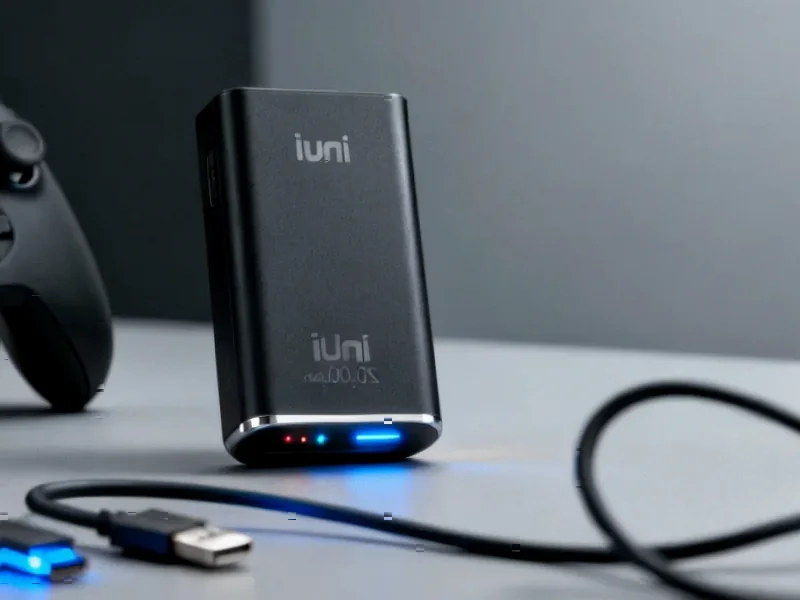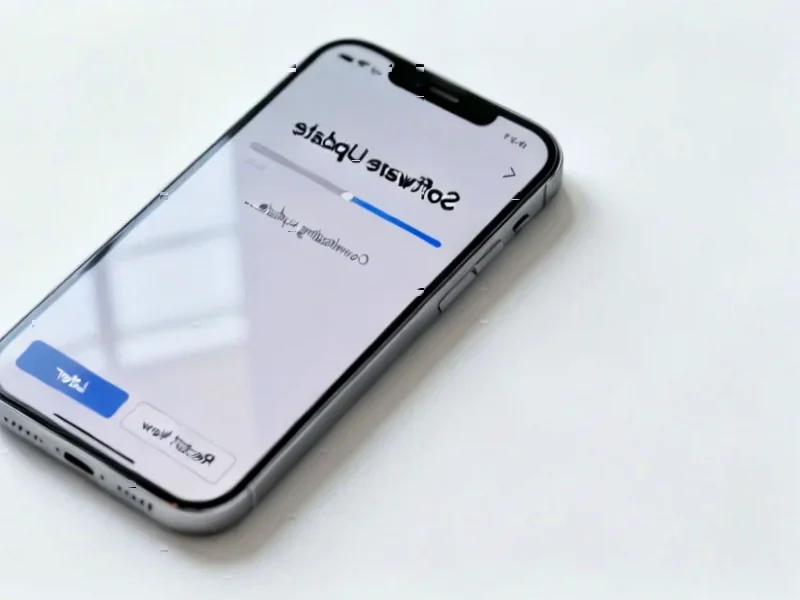According to Nature, researchers have developed a thermal drawing approach to fabricate stretchable fiber-based sensors from liquid-metal-embedded elastomers, achieving breakthrough performance metrics including a gauge factor of 0.96, stretchability of 925%, and high stability to cyclic deformation. The method enables creation of high aspect-ratio stretchable fibers that integrate both high-conductivity domains (approximately 10 S cm) and high-dielectric domains across the fiber cross-section, addressing long-standing challenges in fabricating complex conductive and dielectric architectures in a scalable way. The team demonstrated the technology’s versatility by creating an all-liquid-metal-based capacitive fiber sensor and integrating it into functional textiles, including an efficient smart knee brace application. This represents a significant advancement for e-textiles and wearable health monitoring technologies that require both flexibility and reliable electronic performance.
Table of Contents
The Manufacturing Revolution Behind Soft Electronics
What makes this thermal drawing approach particularly significant is how it addresses the fundamental manufacturing bottleneck in soft electronics. Traditional methods for creating conductive fibers often involve coating or embedding rigid conductive materials into flexible substrates, which creates weak points and limits overall stretchability. The innovation here lies in using liquid metals within elastomeric matrices, allowing the conductive elements to flow and redistribute during stretching rather than fracturing. This approach represents a paradigm shift from trying to make rigid electronics flexible to creating electronics that are intrinsically soft from the molecular level up. The thermal drawing process itself is scalable and compatible with existing textile manufacturing infrastructure, which is crucial for commercial viability.
Transforming Healthcare Monitoring Beyond Knee Braces
While the smart knee brace demonstration is compelling, the real potential lies in broader medical applications. Current wearable medical devices often struggle with the trade-off between comfort and functionality—patients either get accurate data from bulky, uncomfortable devices or comfortable wearables with compromised data quality. These liquid metal fibers could enable continuous, clinical-grade monitoring through clothing that feels completely natural. Imagine hospital gowns that monitor vital signs without wires, compression garments that track rehabilitation progress, or athletic wear that detects muscle fatigue and injury risk. The 925% stretchability means these sensors can move with the body during even the most vigorous activities, providing data during real-world movement rather than just stationary monitoring.
Overcoming Remaining Technical Hurdles
Despite the impressive performance metrics, several challenges remain before widespread adoption. The integration of multiple dielectric and conductive domains within a single fiber raises questions about long-term reliability under repeated washing, exposure to sweat, and environmental stressors. Liquid metals, while excellent conductors, can be susceptible to oxidation over time, potentially degrading performance. There’s also the challenge of connecting these soft fibers to conventional rigid electronics for data processing and power—creating reliable interfaces between fundamentally different material systems remains non-trivial. Additionally, the manufacturing process must maintain consistency across kilometer-scale production runs to be commercially viable.
Disrupting Multiple Industries Simultaneously
The implications extend far beyond medical devices into sports, fashion, military, and industrial applications. Athletic apparel companies could integrate these fibers to provide real-time biomechanical feedback, while fashion brands might create garments that change color or pattern based on environmental conditions or biometric data. The military could develop uniforms that monitor soldier health and fatigue levels in combat situations. Industrial applications include smart safety gear that monitors worker posture and alerts to potential injury risks. The key advantage of using elastomer-based systems is their inherent durability and ability to maintain functionality while being stretched, twisted, and deformed—something rigid electronics simply cannot achieve.
The Road to Commercialization
Looking forward, the success of this technology will depend on solving the integration challenge with existing monitoring systems and power sources. Researchers will need to develop complementary technologies for energy harvesting within the same fiber systems, potentially through piezoelectric or thermoelectric effects. The next five years will likely see focused development on reliability testing, standardization of manufacturing processes, and creation of developer tools that allow other companies to build applications on this platform. If these challenges can be overcome, we could see the first commercial products using this technology within 3-5 years, starting with high-value medical and sports applications before moving to consumer textiles.



